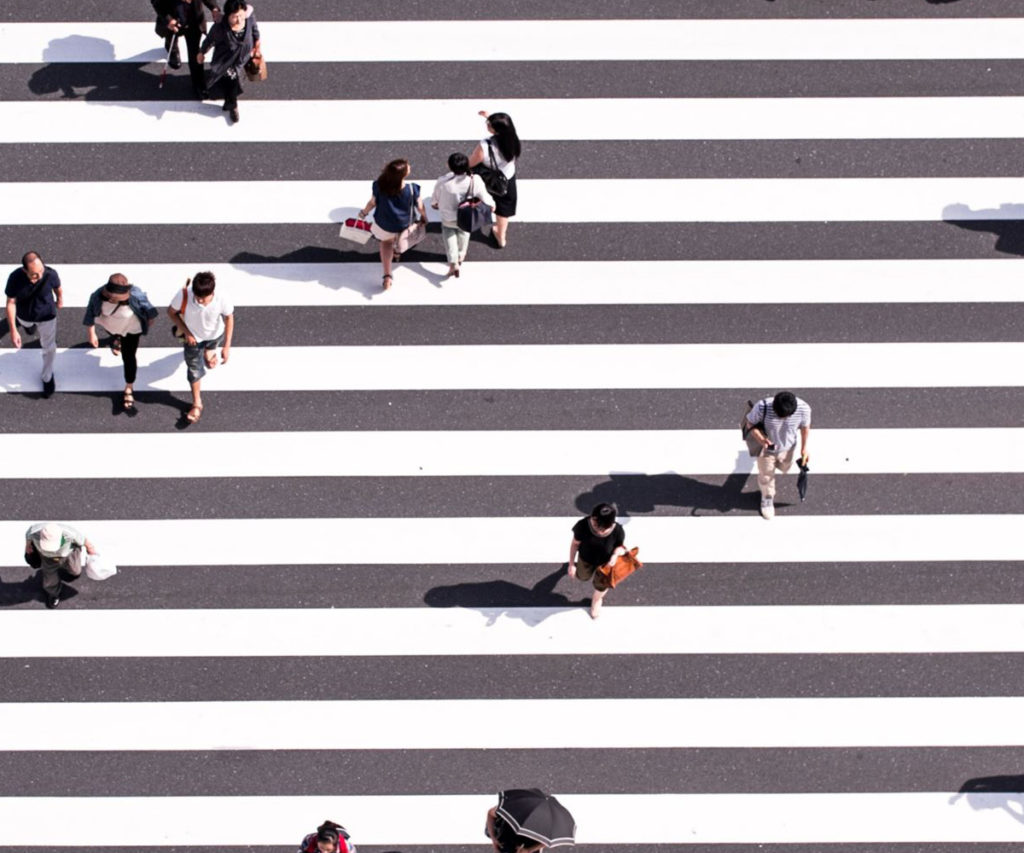Our guess is that you’re on your way to work, or school, or whatever commitments that will keep you busy for the rest of the day. At the end of the day, there will be a place to go back to, where you can relax, safe in the knowledge that there is enough food in the fridge, there will be clean clothes to wear tomorrow, and there is a hot shower available anytime at just a turn of the tap. This place is what we call “home” – a word and a concept that many of us take for granted.
Defining Homelessness
But not everyone is so fortunate. By some estimates, at least 150 million people in the world today are homeless, and 1.6 billion people (or over 20% of the world’s population) lack adequate housing – housing that is affordable, accessible, habitable, complete with availability of services and infrastructure, and which guarantees legal protection to the occupant against forced eviction and harassment.
Getting an accurate estimate of global homelessness remains a challenge, and one reason is that “homelessness” is defined differently across countries. Further complicating data collection is the inaccurate statistics provided by some governments, which understate the problem of homelessness as they see it as a subject of embarrassment. Even for governments that are more inclined to collect data on homelessness, they may not have sufficient resources to do so. Additionally, there are certain homeless individuals, such as youths, parents and people suffering from mental disorders or substance abuse, who don’t wish to be registered.
- More than 500,000 people in the US experience homelessness on any given night.
-
Among the 1,127 people who are registered as “homeless” in Hong Kong, 244 have been homeless for more than a decade.
-
More than 200,000 live in small subdivided units in Hong Kong, where the wait for public housing is currently five years and three months, the longest in 18 years.
-
Six months is the maximum length of stay for Hong Kong’s homeless in government-subsidized hostels.
-
Three million people in England could lose their house if they lose their job next month.
-
Homeless individuals are 50-100 times more likely to have a psychotic disorder than the general population.
-
The average age of death for a homeless man and woman is 47 and 43 respectively.
-
There are 4,000 internet cafe “refugees” in Japan.
- Between 2016 and 2018, Regina, Canada saved US$2.2 million from providing 49 homeless individuals with housing.
Poverty, shortage of affordable housing, benefit cuts, low wages and underemployment, family relationship breakdown, domestic violence, mental illness, and substance abuse are some of the common causes of homelessness. All over the world, social enterprises, organizations and governments are using innovative ways to address the complex issue of homelessness.
In Hong Kong, the world’s most expensive housing market where 44.7% of people live in public housing, Light Be was founded in 2010 as a social enterprise to pioneer social realty projects by working with landlords who are interested in renting to low-income families at 20-40% of prevailing market rates, integrating tenants’ personal development into social housing, and renovating derelict buildings into a community with affordable housing. Recently, New World Development, one of the city’s biggest private landowners, has donated 28,000 square-feet of farmland to Light Be to be turned into the “Light Village” for low-income families with children.
A registered charity that began with meal handouts in one of the poorest districts in Hong Kong, ImpactHK empowers homeless individuals through employment, counselling, assistance with housing, and rehabilitation programs. The charity also runs The Guest Room, where homeless individuals can wash their clothes or get a haircut, and help themselves to refreshments from the Community Fridge. In addition to educational talks at schools to raise awareness, ImpactHK organizes 50 Kindness Walks per month in six locations across Hong Kong to connect volunteers with the homeless community.
Launched in 1991, The Big Issue magazine provides homeless and vulnerable individuals with income streams by making them micro-entrepreneurs: vendors buy the magazine for GBP1.25 and sell it for GBP2.50. Over the years, the award-winning magazine has helped over 92,000 vendors earn GBP115 million. In 2005, The Big Issue Group created a social investment arm, Big Issue Invest, which offers loans and investment from GBP20,000 to GBP3 million to social enterprises and charities driving changes in housing, employment and training, mental health and wellness, and many more.
Founded in 2014 to provide homeless individuals with meaningful opportunities, My Streets is an award-winning social enterprise that trains homeless people to be paid tour guides through a three-month course that focuses on confidence, presentation, storytelling, research and tour guiding skills. To date, it has trained 51 homeless individuals and provided walking tours to 11,000 customers in Ireland.
Data on homelessness is essential to the design and implementation of effective solutions. Unlike traditional agencies that use only census data to get a grasp of the problem of homelessness, Built for Zero, led by non-profit social services organization Community Solutions, is a national change effort that uses sophisticated analytics software and real-time data to help communities end veteran and chronic homelessness. Since launching in January 2015, Built for Zero has helped participating communities house more than 96,000 people, including 65,000 veterans in the US.
As the number of homeless people in European countries continues to rise in recent years, Finland turns heads as the only exception that sees homelessness steadily decreasing. Turning the traditional staircase model on its head, a social scientist, a doctor, a politician and a bishop came up with the Finnish Housing First approach in 2007 to make housing unconditional, believing that “a home should be the secure foundation” that makes it easier for homeless people to solve their problems. With flats built and converted into permanent, affordable and comfortable homes that are connected with support services on education, employment and life skills, the initiative has cut the number of long-term homeless people in Finland by more than 35%, with zero rough sleepers in Helsinki, where currently only one 50-bed night shelter remains. Derived from the idea of Greek-born psychologist Sam Tsemberis, Finland’s housing first approach is so successful that it has inspired policymakers and charities in other countries, such as the village homes for homeless by Scottish social enterprise Social Bite.
There is no single way to prevent and eliminate homelessness. Rather, it takes government commitment and a community-wide approach which puts permanent supportive housing first, together with financial and legal assistance, employment opportunities, and accessible support services such as affordable healthcare and medical treatment, job training, personal development and counselling services.
We’re also reading…
-
Homelessness could accelerate ageing.
-
To limit social segregation, Helsinki maintains a strict housing mix of 25% social housing, 30% subsidized purchase, and 45% private housing in each of its new districts.
-
Despite disruption to their fundraising campaign, Street Soccer Hong Kong sent its team to play in the 17th Homeless World Cup held in Cardiff, Wales, in August this year.
-
The housing first approach saves the Finnish government US$18,500 per homeless person per year.
-
There is a type of business in Japan that makes money out of “helping” homeless people get off the streets.
-
This start-up is trying to help Americans rent a home while still being able to put away enough savings as emergency reserves.
-
This hedge fund billionaire applies his risk-averse quantitative approach to all aspects of his life, including generous annual donations to seven elite colleges to increase his children’s admissions prospects.
-
The Great Pacific Garbage Patch is getting smaller, thanks to Boyan Slat.




